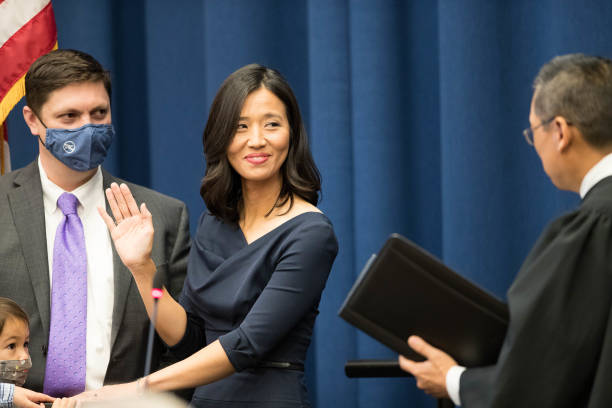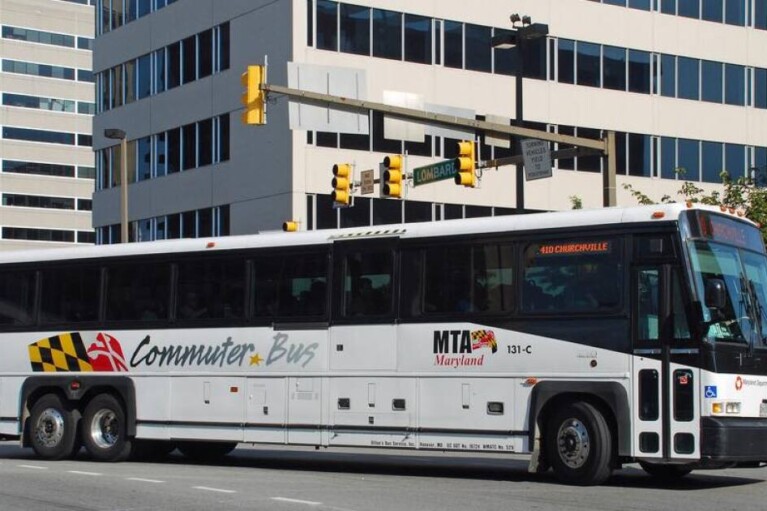Opinion: How to Unleash the Power of the Asian American Vote in Md.

By Hieu Truong, Jonathan Law, Aryani Ong and Janelle Wong
The writers are residents of Baltimore City and Montgomery County, and are part of the leadership team at Asian Americans Mobilize, Organize, Vote and Empower (aamove.org).
Before the 2020 elections, conventional wisdom, including among Maryland candidates, was that “Asian Americans do not vote.” In fact, half of Asian American registered voters polled nationally in September 2020 reported that neither major political party contacted them.
What a mistake.
In 2020, the Asian American vote surged because we took our own communities to the ballot box. From individual efforts like award-winning author R.O. Kwon’s nationwide phonebanking events to concerted voter drives by newer organizations like Georgia’s Asian American Advocacy Fund, Asian and Pacific Islander voters increased by over 47% compared to 2016’s turnout. It’s a significant jump compared to all other voters, whose turnout increased by 12%. And this jump in voters was beyond the margin of victory in key races.
Now, these voters — part of the fastest growing racial group nationally and in Maryland — are registered and ready. But here’s the catch: candidates must use a non-traditional playbook to reach them.
Asian Americans are diverse, ethnically and politically, with unique migration histories. The term, originally a deliberate political label and now largely known as a Census category, represents over 50 ethnic groups and 100 languages. In Maryland, Indian Americans are the largest Asian-origin group in the state, making up about a quarter of Asian residents. The next largest groups include Chinese, Filipino, Korean, Vietnamese, and Pakistani Americans. Significant differences in experiences can exist between a fourth generation Chinese American professional, a graduate student from Taiwan, a refugee from Myanmar, and an American adoptee from South Korea.
What’s a candidate to do?
Take a page from Michelle Wu, who recently became Boston’s first Taiwanese American woman mayor, and indeed, the first person who was not a white man elected to serve in that position. Her historic campaign led with progressive issues — universal pre-K and free public transit — and reached out to Boston voters in six languages. As a candidate, she built on her existing relationships with fellow Bostonians of color and her campaign connected directly to undecided voters of all backgrounds, instead of writing off specific voting blocs.
Before a candidate begins, they should look beyond the headlines. Both national and local media on Asians largely ignores our views or fixate on conservative voices in divisive issues like affirmative action, sanctuary laws to protect undocumented immigrants or school redistricting. But, these editorial choices distort the breadth of views of our communities. Despite our diversity, Asians show remarkable consistency on certain issues. According to national polling, we largely converge on health care, COVID-19 mitigation, environment, law enforcement reform, and gun control.
We’ve launched Asian Americans Mobilize, Organize, Vote, and Empower (AAMOVE) to elevate the visibility of our communities as crucial voting populations. A progressive initiative, AAMOVE seeks to be a one-stop resource center and community agent around Asian American political participation, spotlighting our communities and their issues.
We began by sending a candidate survey to Maryland gubernatorial candidates in both parties this spring. Our aims were to 1) inform candidates of our priorities, as identified by community leaders, and 2) to understand their platforms. Topics included Asian American history in K-12 curriculum, immigrant rights, and language access.
We also highlighted issues that campaigns might not associate with Asians: environmental protections, public transportation, and affordable housing. Contrary to the model minority myth, low-income Asian American families exist and sustain our state, and accordingly, we asked candidates how they’d reduce housing insecurity.
By mid-May, we received responses from six Democrats: Jon Baron, Peter Franchot, Doug Gansler, John King, Tom Perez, and Ashwani Jain. By answering this survey, we hope candidates better understand our communities’ issues and recognize we represent a significant set of Maryland voters. There were common themes in the responses, but there were also important nuances between the candidates. We hope our compilation of responses will be helpful to our fellow voters, whether Asian Americans or not. The responses can be found here.
We urge all candidates to take the Asian American electorate seriously. In this gubernatorial election, where there are upwards of 30% of undecided voters in both the Democratic and Republican primaries, outreach to our communities could take a candidate over the finish line in the primary and to victory in November. Successful candidates understand that a strategy to build civic knowledge among our largely immigrant communities will reap dividends, particularly if you meet us outside of election season and deliver on community requests.
We are the margin of victory, but only if candidates and parties do the work.




 Creative Commons Attribution
Creative Commons Attribution